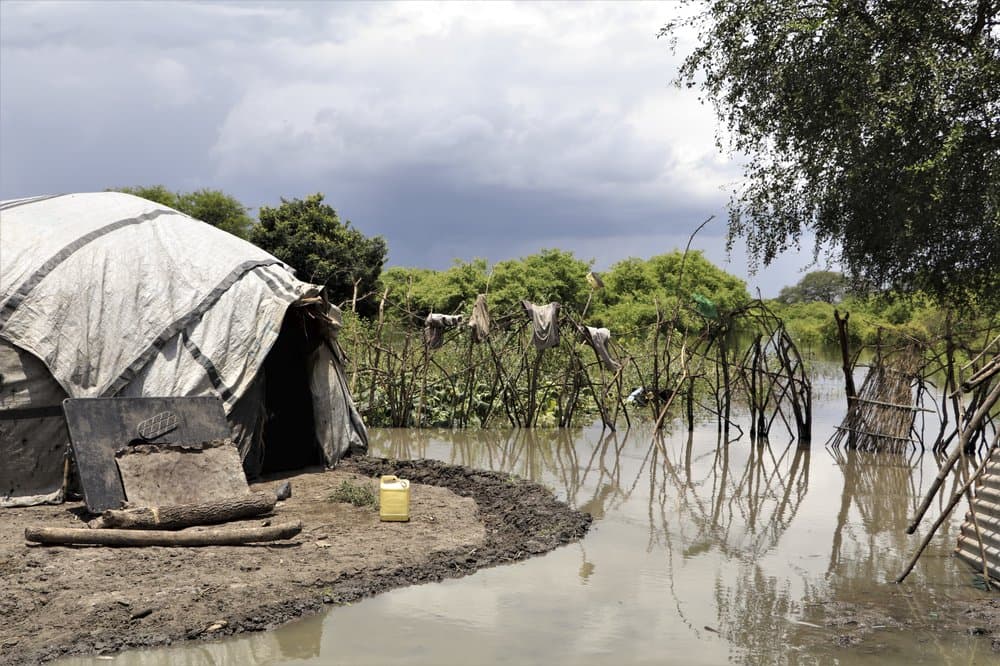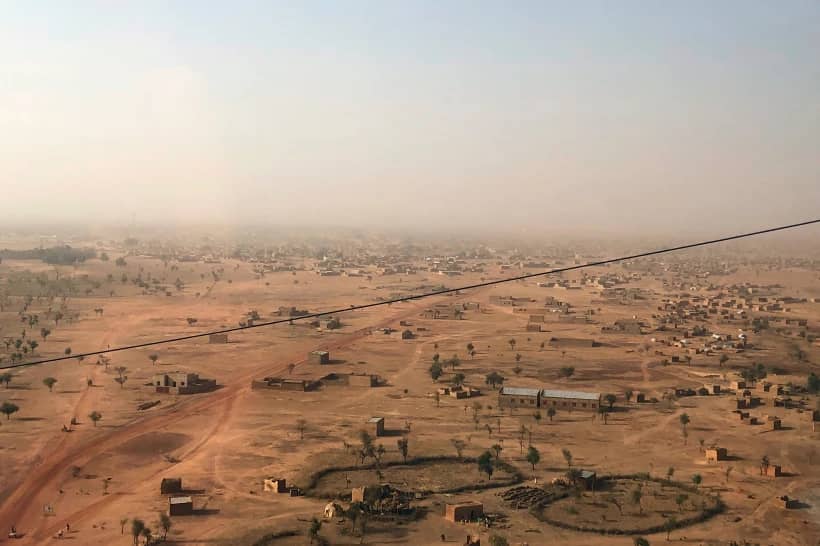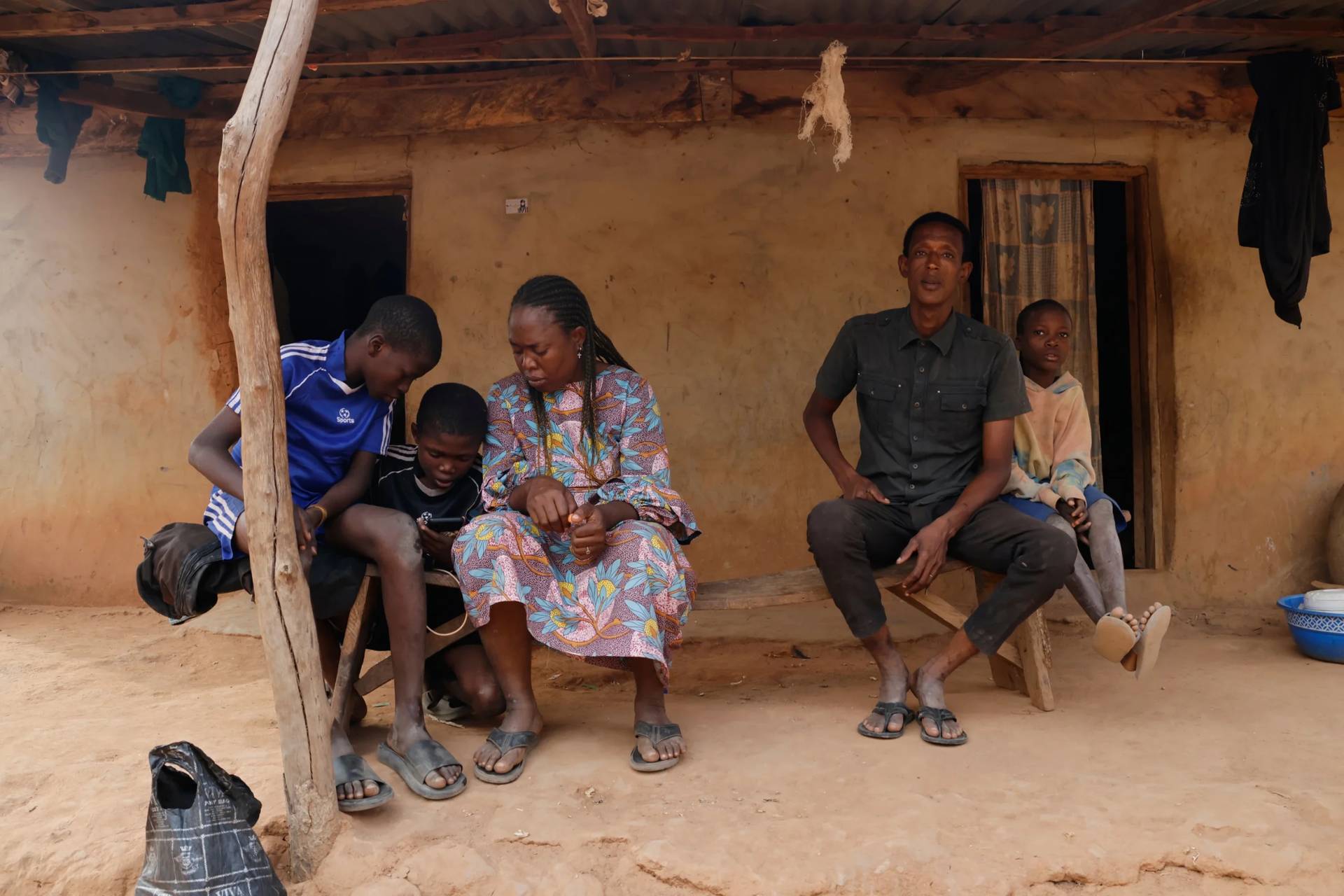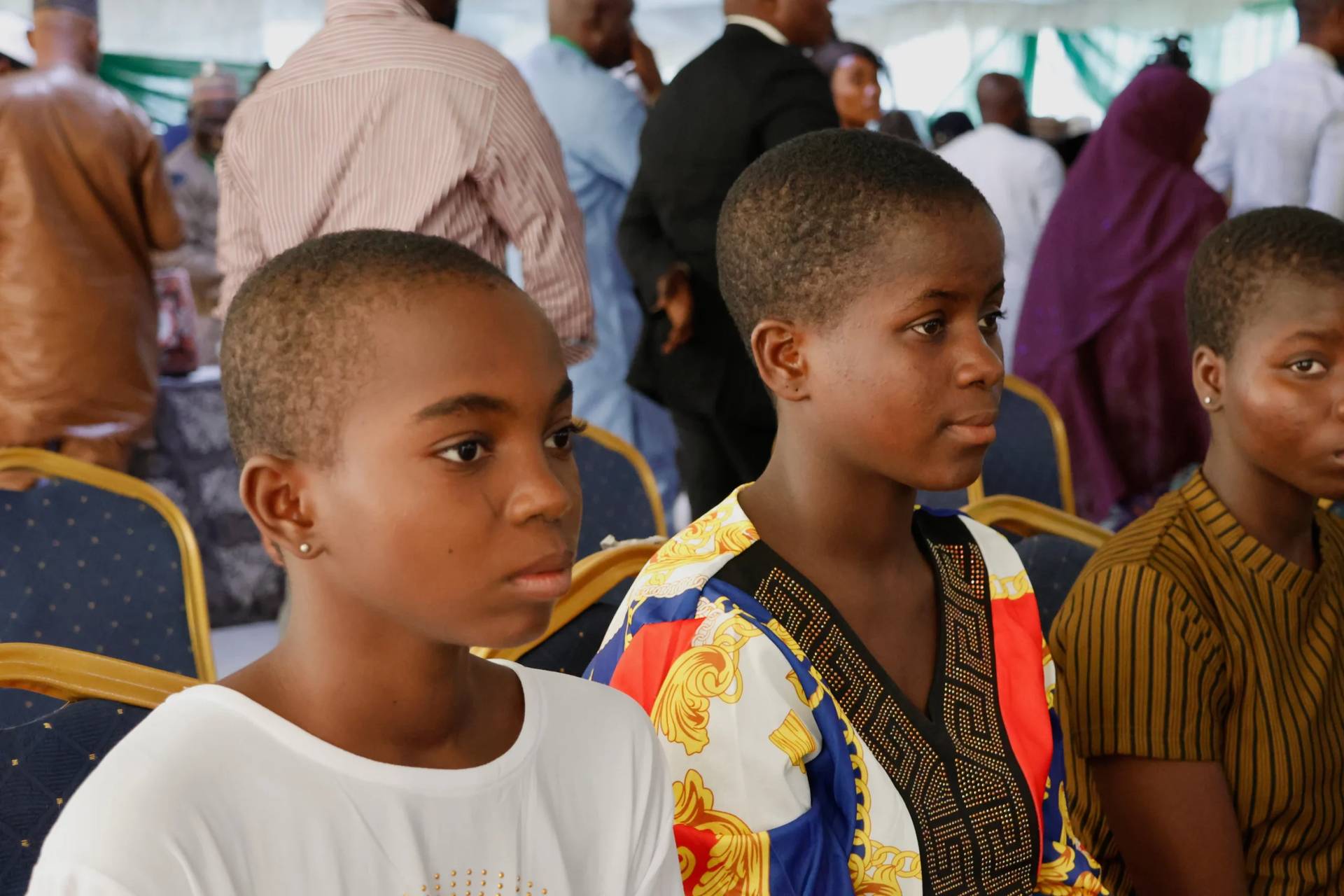YAOUNDÉ, Cameroon – East Africa has been suffering a series of intense floods that have affected an estimated 6 million people.
The natural disaster is just one of several challenges facing the region, including continuing invasions by locust swarms and the COVID-19 pandemic.
Countries affected include Rwanda, Kenya, Somalia, Burundi, Ethiopia, Uganda, Democratic Republic of Congo, Djibouti and Tanzania.
“In some areas, the lack of infrastructure or damage to roads, bridges and airstrips has made accessing flood zones far more difficult, which in turn makes it more difficult to provide assistance,” said Matt Davis, the East Africa regional director of the Catholic Relief Services.
He told Crux the crises affecting East Africa can all be linked back to climate change.
“To help prevent floods in the future and mitigate the impact, we need to make more concerted efforts to preserve and restore watersheds and landscapes. We need to support communities to improve their livelihoods while restoring and maintaining the natural environment,” Davis said.
What follows are excerpts of his conversation with Crux.
Crux: Widespread flooding has once again hit East Africa. Can you give us a sense of the enormity of the disaster?
Davis: East Africa has been experiencing torrential rains and flooding since July and almost six million people have been impacted. Around 1.5 million people have lost their homes or have been displaced by the floods and many areas are still underwater. People’s homes, crops, livestock and personal possessions have been washed away, and there has been significant damage to infrastructure.
This is all happening before the start of the short rains, which should peak in November. In some areas, the lack of infrastructure or damage to roads, bridges and airstrips has made accessing flood zones far more difficult, which in turn makes it more difficult to provide assistance. This flooding is putting hardship upon hardship for people in the region, who have also been impacted by COVID-19 and pests like desert locusts.
Catholic Relief Services is on the ground working with local partners and national governments to distribute emergency food and other necessities. Working in partnership, we’ve been providing life-saving assistance to tens of thousands of people across affected areas.
However, there is an urgent need for more funding to ensure that basic needs continue to be met, and to prevent the spread of malaria and other waterborne diseases. Though our response varies country-by-country, we are generally support families with food, water, shelter, basic essentials, sanitation, and providing cash or vouchers which in turn supports the local economy. We also support health systems to address things like malnutrition and other health-related risks. In some areas, families receive seeds, tools and fishing kits so they can have a livelihood and feed themselves.
How do these flood compare to previous flooding in the region?
Even if you just look at the floods over the last four years, the impacts and the number of people affected have grown exponentially. From Ethiopia to South Sudan to Uganda, we’re seeing communities that year after year are impacted by both floods as well as recurring drought in some places.
Our staff in various countries often comments on how weather patterns have changed, or how rain is erratic. They also say that this is the worst flooding they have seen in decades.
Many environmentalists and other experts are blaming climate change.
The locust swarms, floods, recurring drought and COVID-19 all link back to climate change in some way, and East Africa in particular is feeling the effects.
To help prevent floods in the future and mitigate the impact, we need to make more concerted efforts to preserve and restore watersheds and landscapes. We need to support communities to improve their livelihoods while restoring and maintaining the natural environment. Alternatives to charcoal, a big reason for deforestation, need to be scaled up and promoted more widely. We also have to prioritize to support communities to protect forests and plant trees.
It’s difficult to protect against some of the risks, but there are measures that can be taken to help people cope with disasters like droughts and floods that have been made worse by climate change.
For example, it’s important to ensure that people live far enough away from rivers and channels to prevent disasters like flash flooding and landslides while also better managing excess runoff.
In East Africa, we’re increasing our efforts toward landscape restoration and re-greening while at the same time providing people with a more diverse set of income opportunities and training on how to be better prepared should disaster strike.
As you said, the floods are coming amid the COVID-19 pandemic and a series of locusts swarms. This really is a triple crisis.
The combined impacts of the floods, recurrent drought, conflict, desert locust swarms, COVID-19 and the pandemic-related economic downturn are making it really hard for people to recover. Like here, months-long lockdowns also mean that many people in the region haven’t been able to work, thus losing their ability to put food on the table.
For governments and humanitarian organizations like CRS, this also creates additional strain on already scarce resources. For example, the teams sent out to manage pests like desert locusts have to take additional precautions because of coronavirus. In some remote areas, people have not even heard of the coronavirus and are not aware of the potential risk. There are a lot of misconceptions, creating more risk for frontline workers.
Early on when COVID-19 emerged as a threat in the region, we adjusted how we interacted with project participants so we could continue to provide critical support while adhering to the necessary safety precautions. So, while we had to adapt quickly, we have also largely managed to continue our emergency responses, like food or cash distributions, for example.
For example, in South Sudan, we haven’t been able to do food air drops because airstrips have been flooded. And hunger is growing because farmland is flooded, too.
In terms of COVID-19, overall, our donors have been really flexible and supportive, encouraging us to continue to provide critical support in the communities where we work. That said, funding for a large-scale COVID-19 response has not really materialized, so communities have mostly had to make do with what they had, and weather the pandemic as best they can.
















